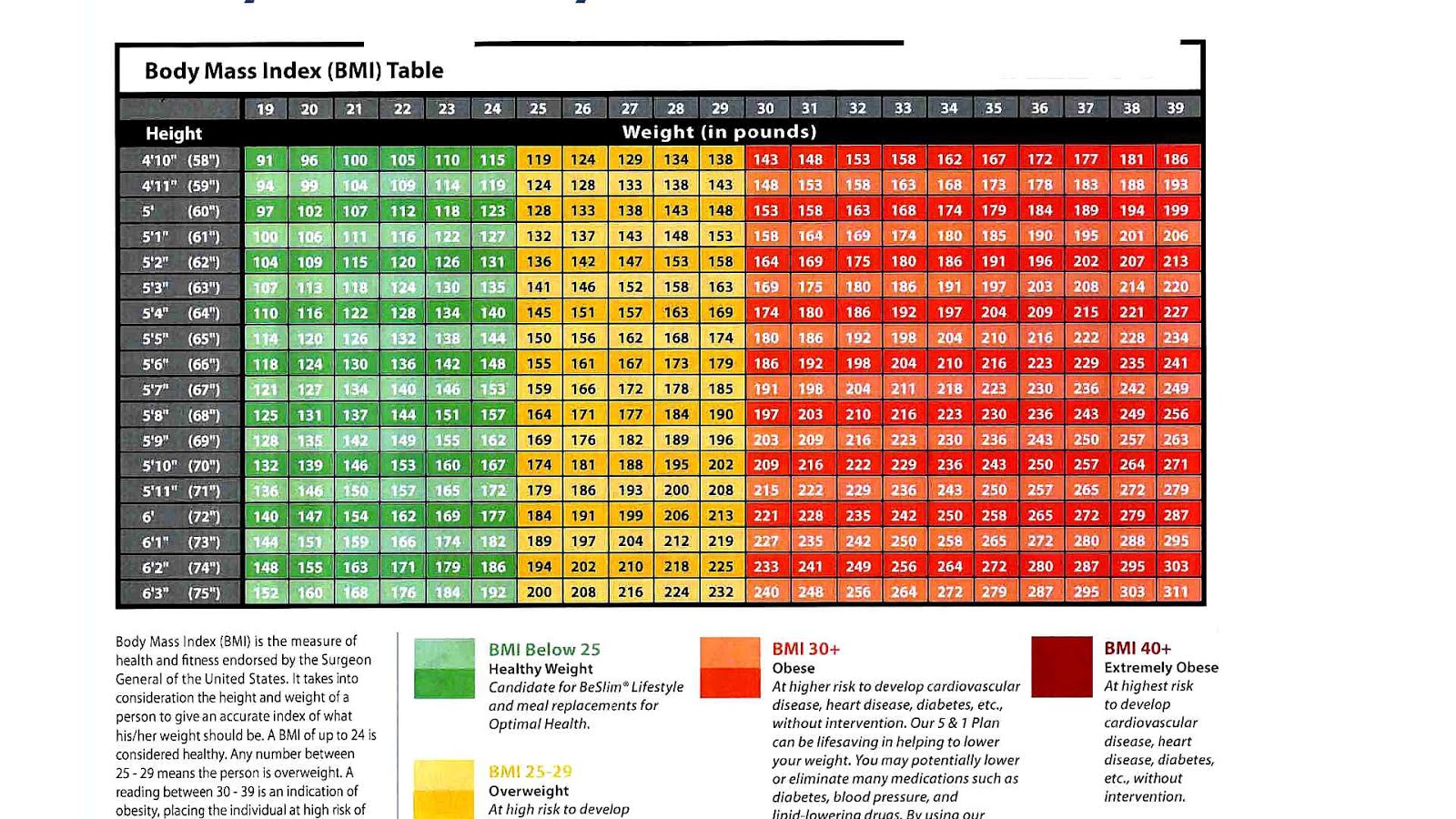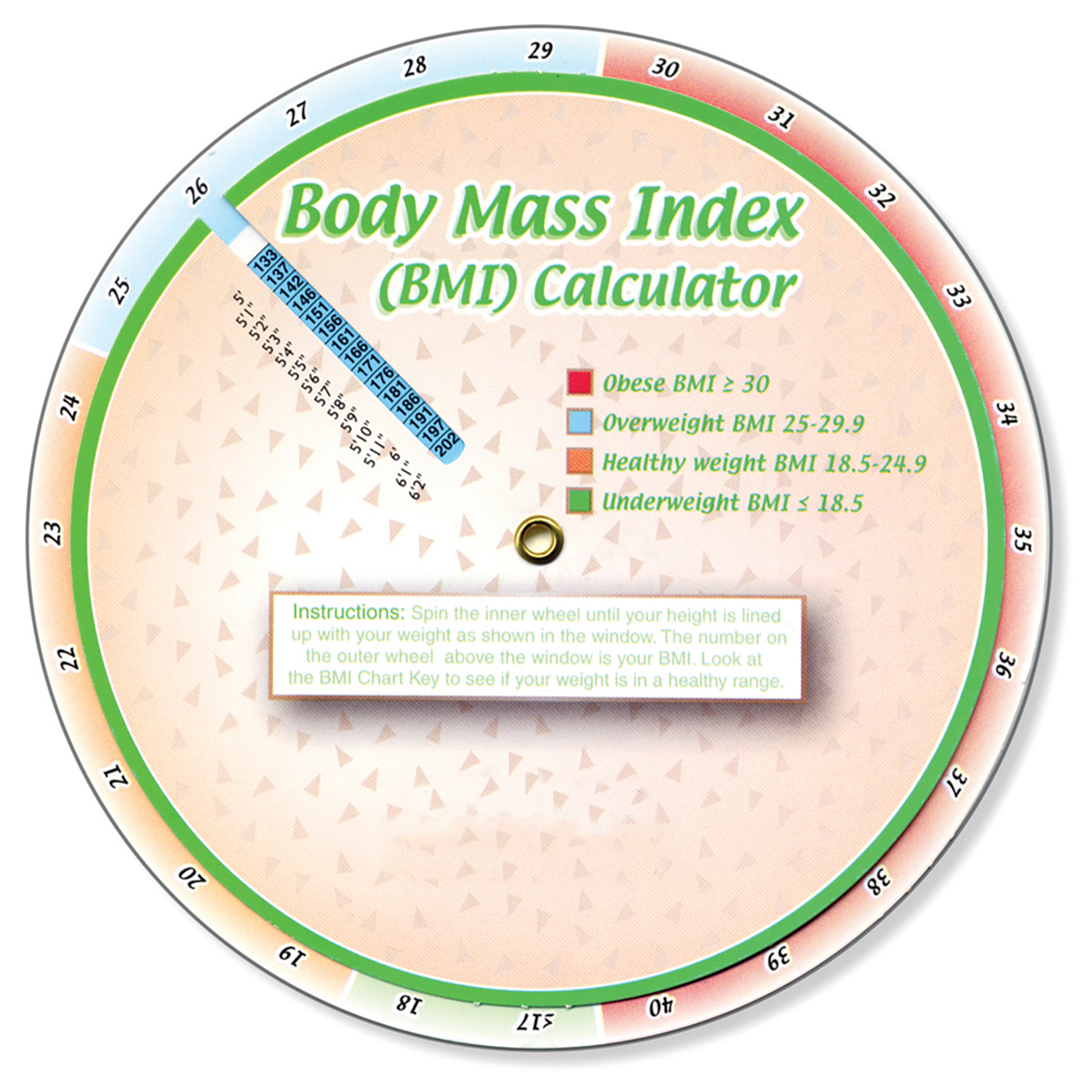

People from different ethnic groups, populations, and descent have different associations between BMI, percentage of body fat, and health risks, with a higher risk of type 2 diabetes mellitus and atherosclerotic cardiovascular disease at BMIs lower than the WHO cut-off point for overweight, 25 kg/m 2, although the cut-off for observed risk varies among different populations. These recommended distinctions along the linear scale may vary from time to time and country to country, making global, longitudinal surveys problematic. Recent studies in Britain have indicated that females between the ages 12 and 16 have a higher BMI than males of the same age by 1.0 kg/m 2 on average. Children with a BMI between the 85th and 95th percentile are considered to be overweight. Instead of comparison against fixed thresholds for underweight and overweight, the BMI is compared against the percentiles for children of the same sex and age.Ī BMI that is less than the 5th percentile is considered underweight and above the 95th percentile is considered obese. It is calculated in the same way as for adults but then compared to typical values for other children of the same age.

The BMI (Body Mass Index) in (kg/m 2) is equal to the mass in pounds (lbs) divided by the square height in inches (in) times 703:īMI(kg/m 2) = mass(lb) / height 2(in) × 703Ĭhildren (aged 2 to 20) BMI for age percentiles for boys 2 to 20 years of age.īMI for age percentiles for girls 2 to 20 years of age.īMI is used differently for children.

The BMI (Body Mass Index) in (kg/m2) is equal to the mass in kilograms (kg) divided by the square height in meters (m): BMI was designed to be used as a simple means of classifying average sedentary (physically inactive) populations, with average body composition. For such individuals, the value recommendations as of 2014 are as follows: a BMI from 18.5 up to 25 kg/m 2 may indicate the optimal weight, a BMI lower than 18.5 suggests the person is underweight, a number from 25 up to 30 may indicate the person is overweight, and a number from 30 upwards suggests the person is obese. Lean male athletes often have a high muscle-to-fat ratio and therefore a BMI that is misleadingly high relative to their body-fat percentage BMI formula When the term BMI is used informally, the units are usually omitted.īMI provides a simple numeric measure of a person’s thickness or thinness, allowing health professionals to discuss weight problems more objectively with their patients. If pounds and inches are used, a conversion factor of 703 (kg/m 2)/(lb/in 2) must be applied. The BMI is universally expressed in kg/m 2, resulting from mass in kilograms and height in meters. Nevertheless, due to its simplicity, it has come to be widely used for preliminary diagnoses. Additional metrics, such as waist circumference, can be more useful. Keys explicitly judged BMI as appropriate for population studies and inappropriate for individual evaluation. The interest in an index that measures body fat came with observed increasing obesity in prosperous Western societies.

In this paper, Keys argued that what he termed the BMI was “…if not fully satisfactory, at least as good as any other relative weight index as an indicator of relative obesity”. The dashed lines represent subdivisions within a major class.īMIs under 20 and over 25 have been associated with higher all-causes mortality, with the risk increasing with distance from the 20–25 range.Īdolphe Quetelet, a Belgian astronomer, mathematician, statistician, and sociologist, devised the basis of the BMI between 18 as he developed what he called “social physics”. The modern term “body mass index” (BMI) for the ratio of human body weight to squared height was coined in a paper published in the July 1972 edition of the Journal of Chronic Diseases by Ancel Keys and others. Commonly accepted BMI ranges are underweight (under 18.5 kg/m 2), normal weight (18.5 to 25), overweight (25 to 30), and obese (over 30).Ī graph of body mass index as a function of body mass and body height. That categorization is the subject of some debate about where on the BMI scale the dividing lines between categories should be placed. The BMI is a convenient rule of thumb used to broadly categorize a person as underweight, normal weight, overweight, or obese based on tissue mass (muscle, fat, and bone) and height. The BMI may be determined using a table or chart which displays BMI as a function of mass and height using contour lines or colors for different BMI categories, and which may use other units of measurement (converted to metric units for the calculation).


 0 kommentar(er)
0 kommentar(er)
